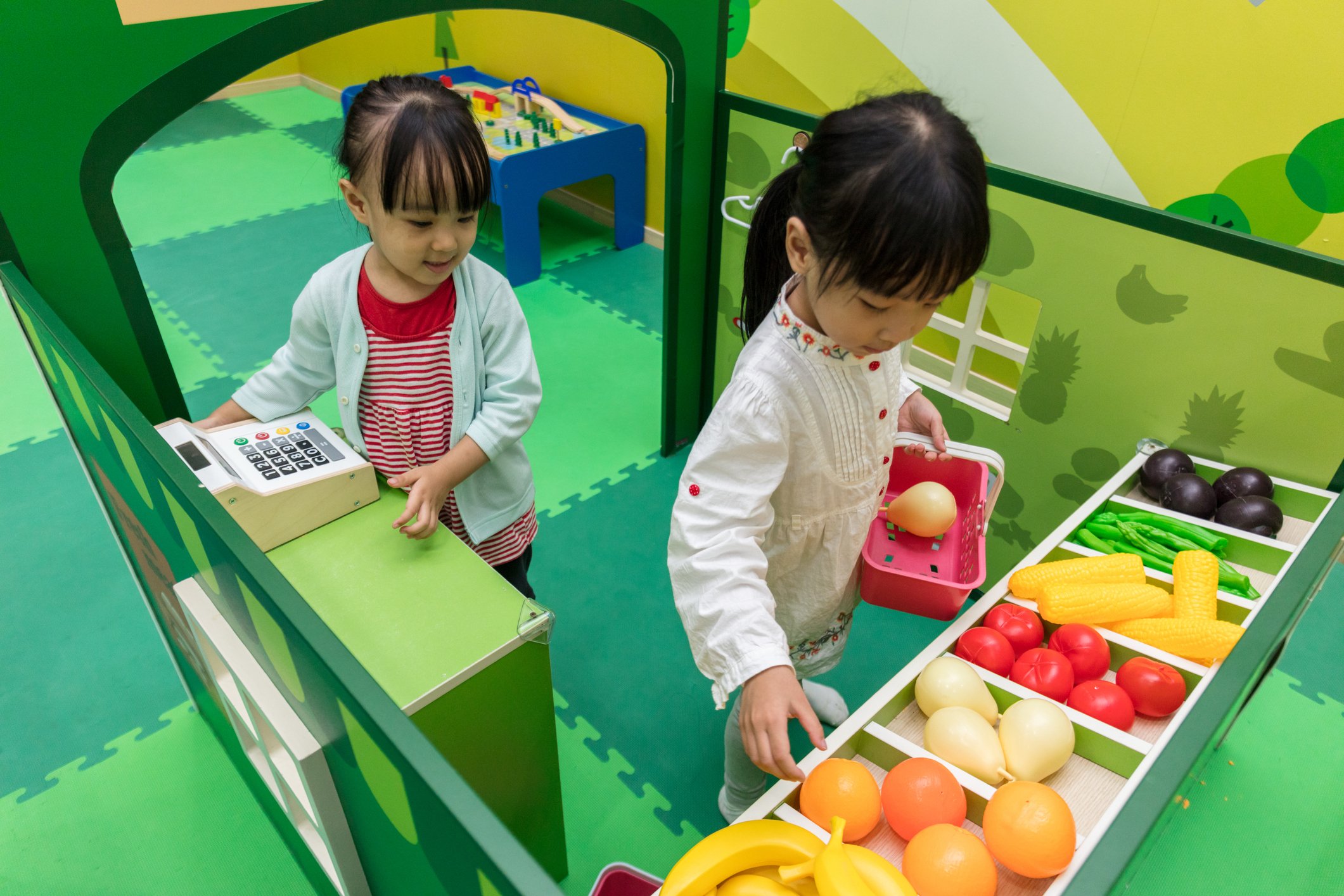Communicative Language Teaching (CLT) is an effective method for teaching English language learners. The goal of CLT is communicative competence, not linguistic or grammatical competence. Communicative competence is knowing when and how to say what to whom. The following are characteristics of Communicative Language Teaching:
1. Language learning occurs when students communicate in English. The belief behind CLT is if you want to learn English, then you must practice using English to communicate to others. Students practice communicating to others in English instead of solely studying the language. Interacting with others using English is a key characteristic of CLT. Examples of communicative activities are role plays, games, and problem-solving tasks in pairs or small groups. Working in pairs or small groups maximizes the amount of language practice the students receive. Students do most of the speaking in this method.
2. Students use authentic communication. Authentic communication means language that is used in real-life situations. Students are given many opportunities to practice meaningful communication in a variety of real-life scenarios such as role playing ordering food at a restaurant, meeting someone for the first time, asking for directions, or interviewing for a job. Role playing is a common activity in CLT.
3. The goal of the student is making themselves understood. According to CLT, how a student responds to a communication breakdown is beneficial for learning language. In other words, how does the student respond if he/she is not being understood by their peers? Do they repeat what was said? Do they rephrase what was said?
4. Authentic materials are used in lessons allowing students to learn language that is meaningful. Students communicate with one another using authentic materials. Examples of authentic materials include newspaper clippings, brochures, menus, or personal photographs.
5. Errors are perceived as a natural outcome for developing the English language and are part of the learning process. Teachers may not correct student errors, but may note these errors for future instruction or correct the student indirectly. The focus of CLT is communication, so the goal of student interaction is being understood instead of speaking without errors.
6. Learners’ fluency skills are evaluated by the teacher along with accuracy skills. Teachers who use this approach evaluate students by their interactions with others, not by speaking perfectly.




